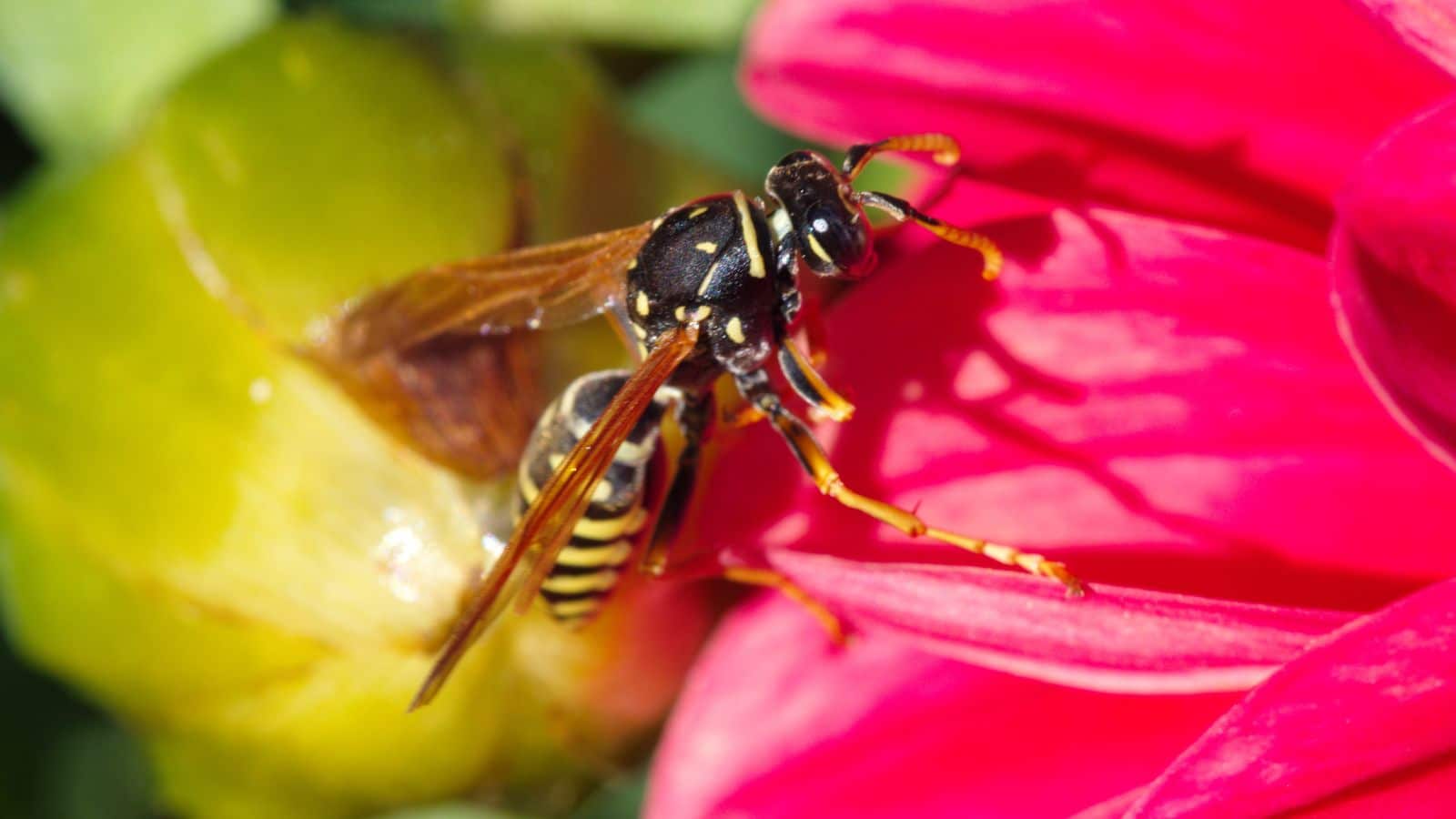Wasps are industrious creatures that look menacing. They can be aggressive if provoked, leading to stings that can cause intense localized pain and swelling. They build nests on any structure that will provide shelter from the elements. Hornets usually have their nests in trees but have also been known to find attics, barns, or even siding of a house.
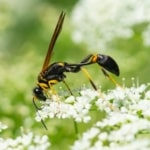
Mud Dauber
Mud Daubers are typically good to have around. They are not aggressive unless you try to handle them. They hunt spiders and other bugs and are beneficial for gardens because they prey on insects that may harm flowers and crops. Like their name suggests, Mud Daubers make mud nests on structures and will come back year after year. They tend to be more solitary.
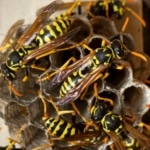
Paper Wasp
Paper Wasps live in colonies and can be very aggressive if they see you as a threat. Depending on species, their sting can be very painful. Most of the time, more than one will sting you at a time, as they produce a pheromone that will bring a swarm. Their nest, if left alone, can grow up to 10 inches in diameter or larger.
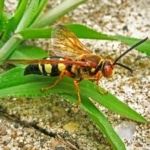
Other Types
There are some very robust species, such as Cicada Killers. They are very large and yet will not sting unless very provoked. Cicada Killers are solitary. On the contrary, Hornets are a type of wasp that are large and they can be aggressive if provoked. Also common in Kansas are Yellow Jackets. They are robust and tend to make their homes in the ground.
What Attracts Wasps
- Food -- they hunt bugs, spiders, crickets
- Always looking for moisture
How To Keep Wasps away
- Minimize food source
- Knock down nests
Paper Wasps on Nest with Eggs and Larva
Is it a Wasp or a Bee?
Wasps
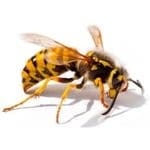
- Little or no hair
- Legs hang down while flying
- Can be aggressive and can sting
- Eat bugs, spiders, and crickets
- Common in Kansas:
Mud Dauber, Paper Wasp, Hornet, and more
Bees
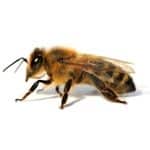
- Fuzzy
- Legs usually tucked in while flying
- Typically gentle and rarely sting
- Pollinate plants and help our environment
- Common in Kansas:
Honey Bee, Bumble Bee, Carpenter Bee, and more


